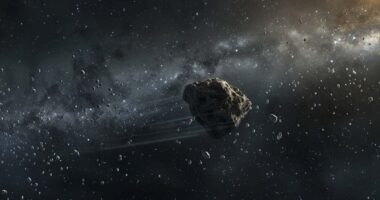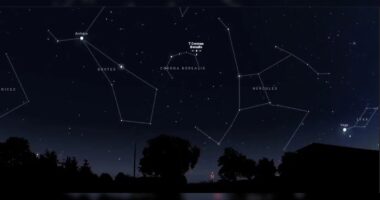A new study reveals that rechargeable lithium-ion batteries, commonly used in electronics, electric vehicles, and renewable energy storage, could be a growing source of “forever chemicals” (PFAS). These chemicals, known for their resistance to heat, stains, and water, are used in various industries and have been linked to environmental contamination.
The study, published in *Nature Communications*, focuses on a specific type of PFAS called bis-FASIs, which are employed as binders and electrolytes in lithium-ion batteries. Researchers discovered that bis-FASIs are now present in soil, sediment, water, and snow near manufacturing facilities, as well as in leachate from landfills.
Professor Lee Ferguson of Duke University emphasizes the emerging threat posed by bis-FASIs, highlighting their potential to contaminate communities near manufacturing sites and even spread from landfills. This research suggests that lithium-ion batteries could contribute significantly to PFAS pollution throughout their life cycle, a problem likely to worsen as our reliance on electric technology grows.





















